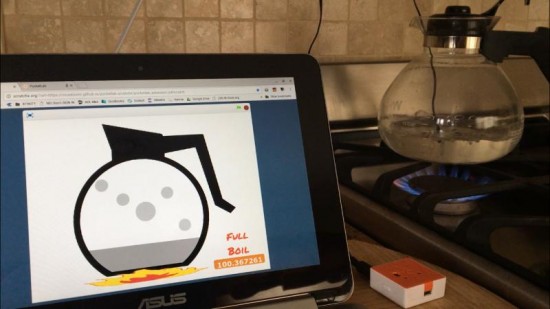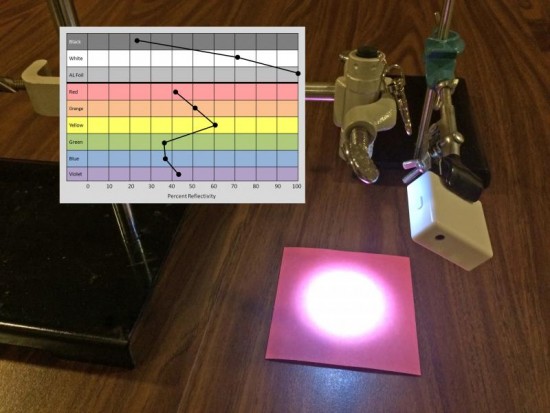Color and temperature of objects
Introduction:
On a hot, sunny day, would you rather wear dark or light-colored clothes? Have you ever walked across dark pavement barefoot on a hot day? How did that feel? Would you rather walk on the dark pavement or a lighter colored sidewalk along green grass? In this experiment you will investigate how the color of objects can affect it’s temperature.









